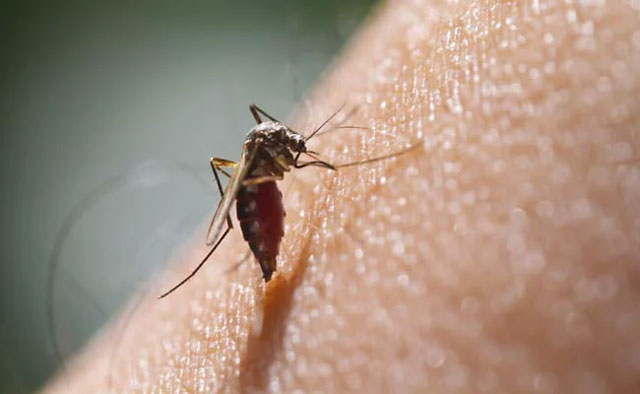Daijiworld Media Network – New Delhi
New Delhi, Oct 8: A recent global study by the London School of Hygiene & Tropical Medicine has sounded alarm bells on chikungunya, the mosquito-borne viral infection that is increasingly being recognized not just for its acute fever but for its long-term disabling impact. Spread by the Aedes mosquito, the virus causes severe joint pain and fever, but a large number of patients go on to suffer chronic arthritis, persistent pain, and functional disability, sometimes for years after the initial infection.
The study, which mapped infection risk at a fine 5x5 km resolution across 103 countries, combined climatic, ecological, and socioeconomic factors to estimate both current and potential future burdens. It provides a stark picture of the hidden toll chikungunya takes globally, with India expected to shoulder a significant share.

• Global Infection Numbers: Around 14.4 million cases annually are reported under conservative estimates, with numbers potentially rising to 34.9 million globally.
• Chronic Disability Dominates: More than half the disease burden (54%) comes from long-term complications rather than the initial fever.
• Age Vulnerability: Adults aged 40-60 bear the brunt of chronic effects, while children below 10 and seniors above 80 are at heightened risk of mortality.
• Widening Geographic Risk: Risk is no longer confined to tropical regions; parts of Africa, Latin America, Asia, and even some non-tropical regions may experience outbreaks.
• India and Brazil Lead in Burden: India alone could see over 5 million infections annually, positioning it among the top countries facing chronic disability from chikungunya.
1. Pressure on Health Systems: The rising number of patients with long-term joint pain and disability will demand continuous medical care, physiotherapy, and rehabilitation, adding both direct and indirect costs.
2. Enhanced Surveillance Needed: Strengthened lab diagnostics, geo-referenced reporting, and active surveillance are vital to detect cases in regions not currently reporting chikungunya.
3. Vector Control as Priority: Reducing Aedes mosquito populations through breeding site elimination, community engagement, and targeted insecticide strategies is critical.
4. Vaccine Strategy: Approved vaccines like Ixchiq and Vimkunya could be strategically deployed, prioritizing high-risk age groups and regions once available in India.
5. Public Awareness: Residents and travelers to high-risk zones must adopt preventive measures, including nets, repellents, protective clothing, and window screens, with messaging emphasizing chronic risks.
6. Climate Change Alert: Expansion of mosquito habitats due to rising temperatures could bring chikungunya to previously safe areas, requiring proactive planning.
The BMJ Global Health study positions chikungunya not as a seasonal fever but a chronic public health challenge, particularly for India. Experts stress that without proactive action, aggressive vector control, and targeted vaccination strategies, India risks bearing the heaviest global burden of this silent threat for years to come.